How to Convert Sodium to Salt for a Food Label
You may need to convert sodium to salt for a food label to meet the EU regulations. It is not lawful to convey sodium content alone and consumers should not be expected to do the calculations in their head! In fact, you may only convey information as “Salt” – you are no longer allowed to convey the value as “Sodium”.
Under EU Food Information to Consumer regulations, there is a clearly prescribed set of rules for providing nutrition data to consumers on pre-packed foods. These rules include what must be conveyed as mandatory and what may be conveyed voluntarily. If a substance is not included on the mandatory or voluntary list, it may not be conveyed without permission from the EU. That’s a lengthy, if not pointless, exercise.
The nutritional components are specific and the order in which they are conveyed is too. All items must be conveyed per 100g (or 100ml for fluids). All information must be conveyed in grams per 100g. The accuracy is not specified but as a guide, we suggest the nearest gram if over 10g/100g, the nearest 0.1 gram if over 1g but under 10g per 100g. For values under 1g, the nearest 0.01g per 100g.
Examples of accuracy:
15g Fat not 15.5g
5.5g Sugar, not 5g or 5.55g
0.15g Salt not 0g or 0.156g
The required nutritients for food labels are:
- Energy in kJ then in kcal per 100g
- Fat
- Saturated Fat
- Carbohydrate
- Sugars
- Protein
- Salt
Fibre content is not mandatory but is supplied in many data sets as the food analysis regimen prior to the EU FIC regulations coming into force included fibre as part of the data set. The old data sets also gave salt information in terms of sodium – so any sodium content is captured but it may not be in the form of table salt (Sodium Chloride). The government has mandated a simple conversion factor so you can convert sodium to salt for a food label with ease. That factor is 2.5.
Examples of how to convert sodium to salt for a food label
| Example Sodium |
Conversion Factor |
Salt Value |
| 1g of sodium |
2.5 |
2.5g of salt |
| 1.5g of sodium |
2.5 |
3.75g of salt |
| 0.2g of sodium |
2.5 |
0.5g of salt |
Basically Sodium x 2.5 = Salt
From a chemistry point of view, the reason for this is as follows:
- Sodium has an atomic mass of 22.99
- Chlorine has an atomic mass of 35.45
- Salt is Sodium Chloride at a ratio of 1:1
- The atomic mass of Salt is 22.99 (1) + 35.45
- Salt has an atomic mass of 58.45
- 58.45 divided by 22.99 = 2.542
- 2.542 can be rounded to 2.5
Here endeth the chemistry lesson and the headache!
If you need help with nutrition labelling for food labels, call us on 01332 864895 or fill in the form below. Alternatively, visit our nutrition calculation software website at Nutridata for more detailed information.
Please note: All advice is given without warranty and no responsibility is accepted for any inaccuracies. It is your obligation as a food producer to check legality with your trading standards authority.




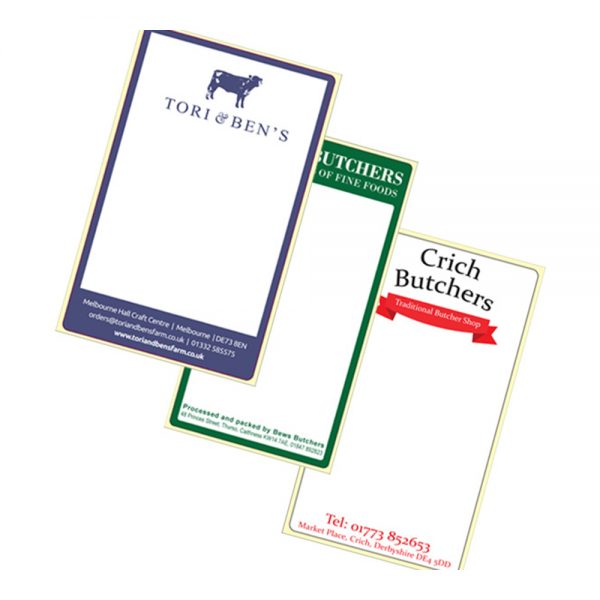



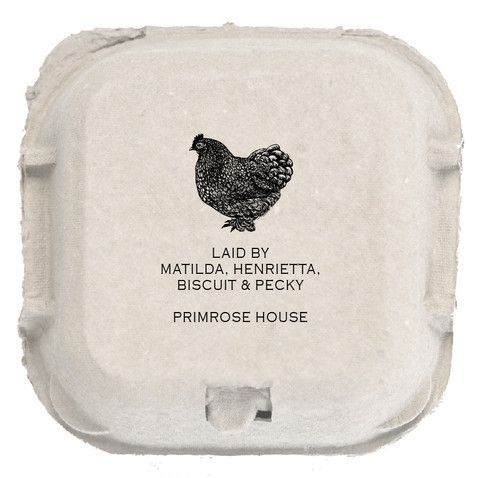
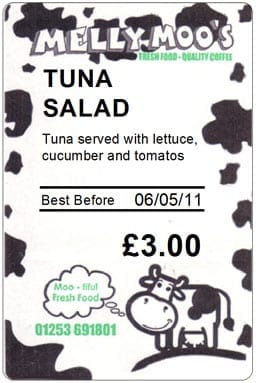








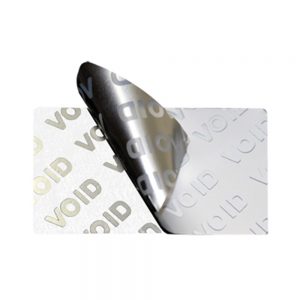
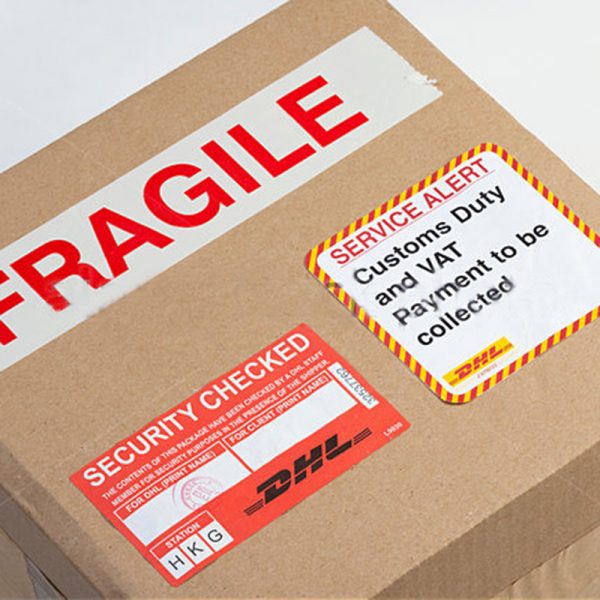








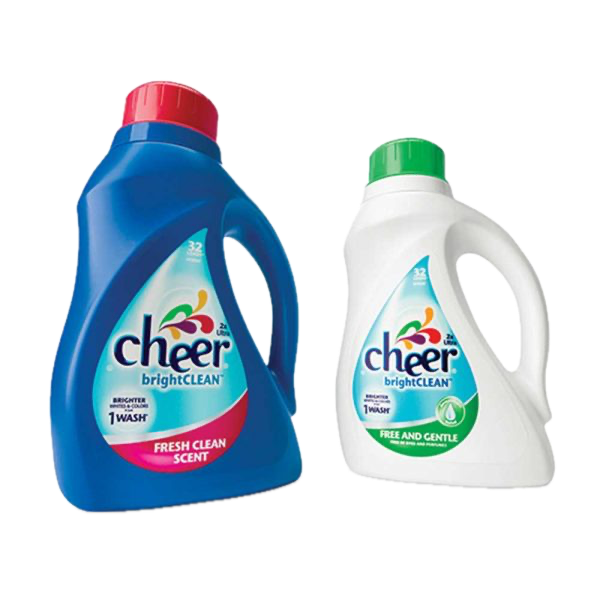







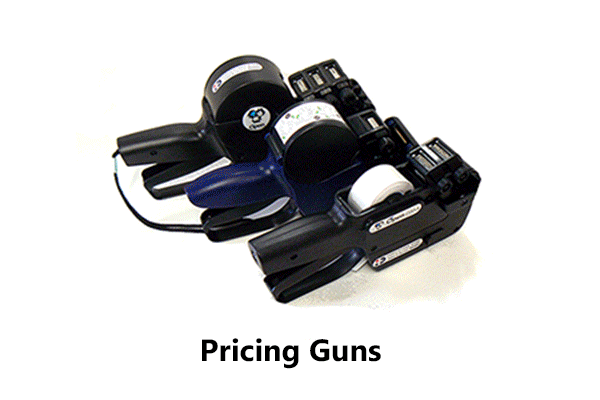
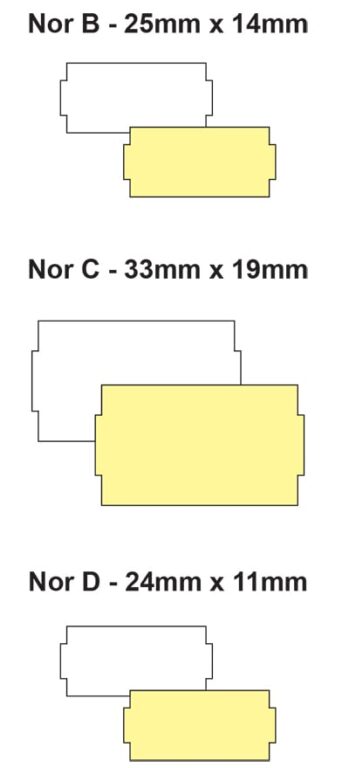
























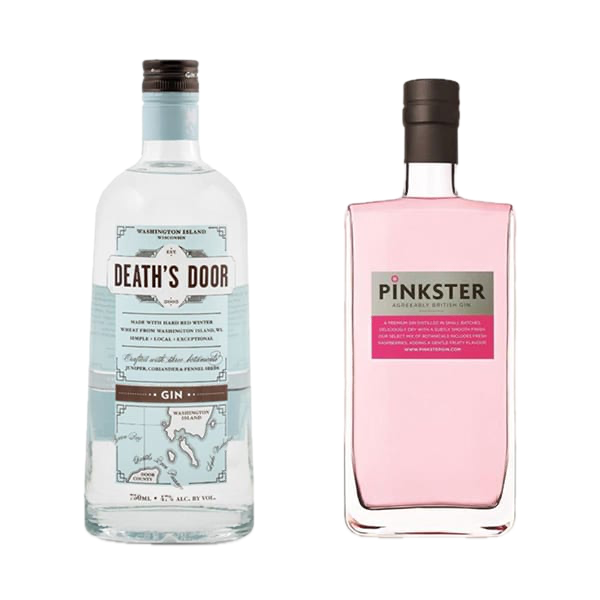
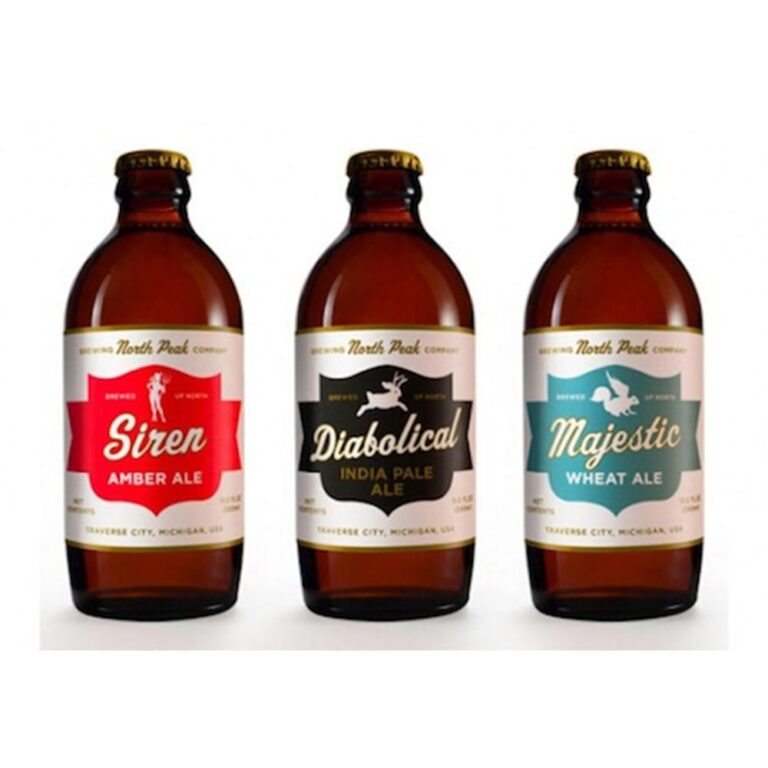
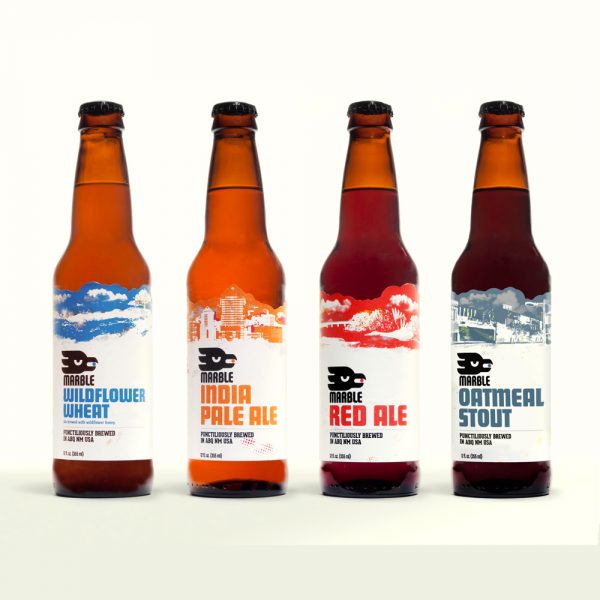

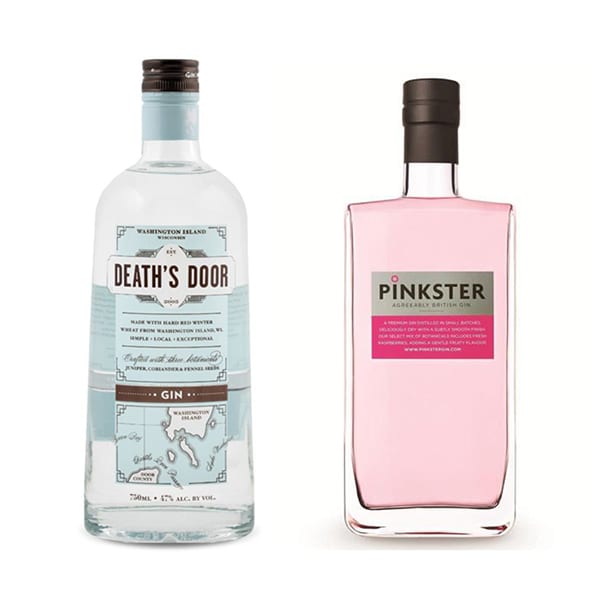







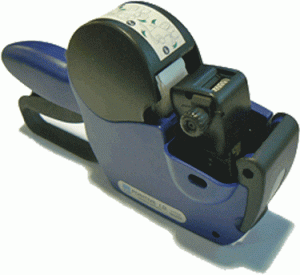

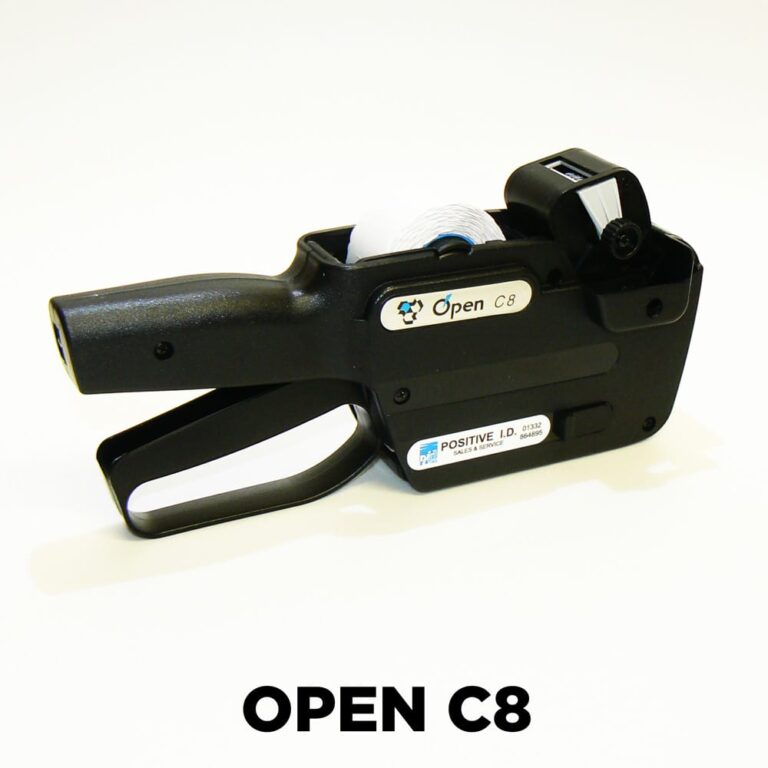






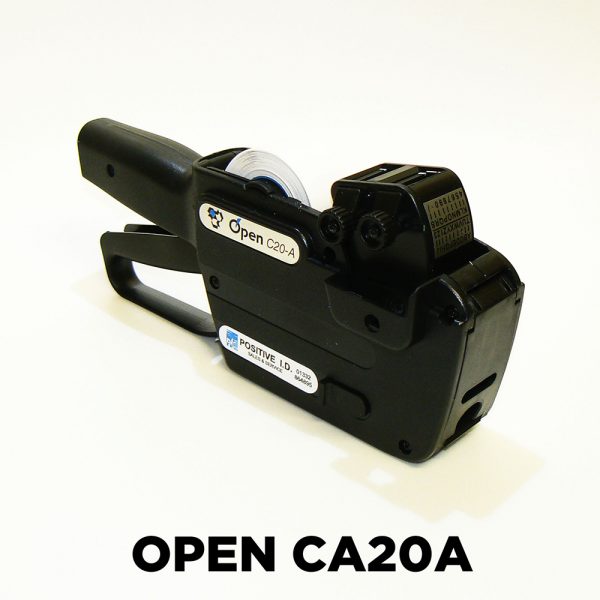





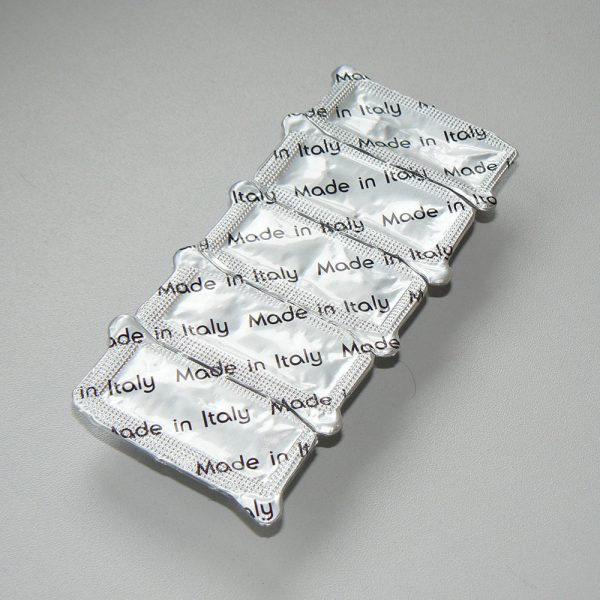
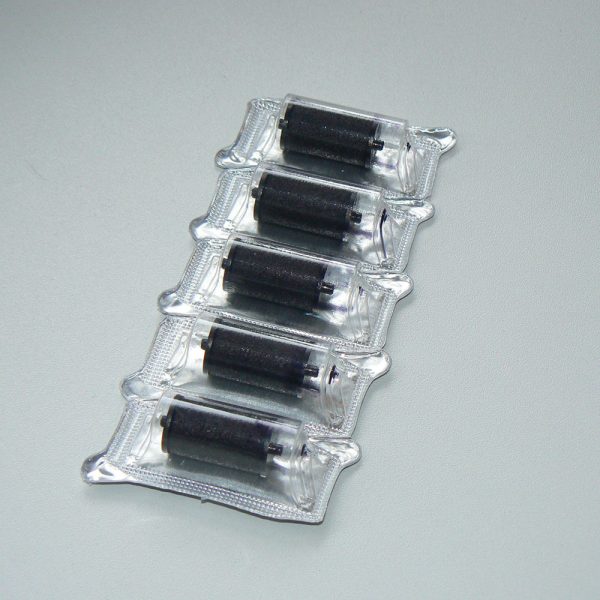







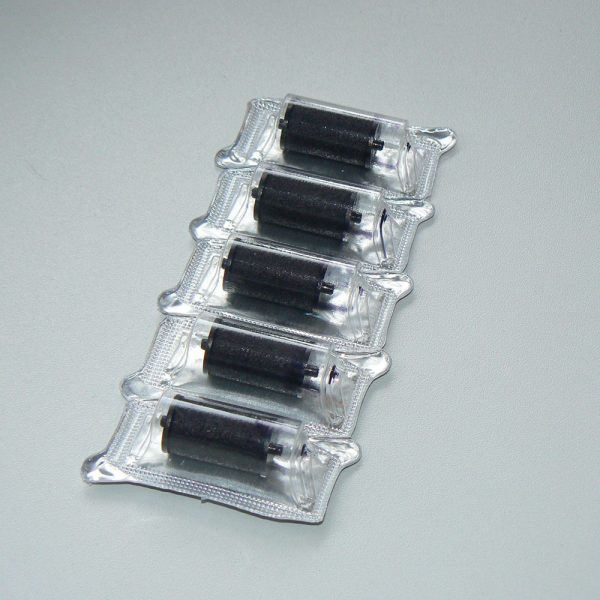
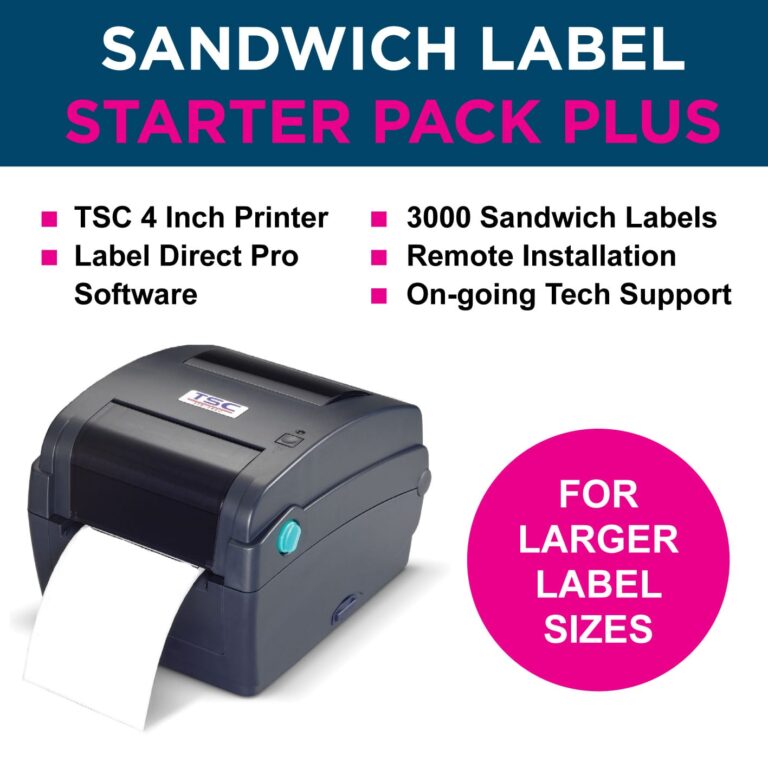


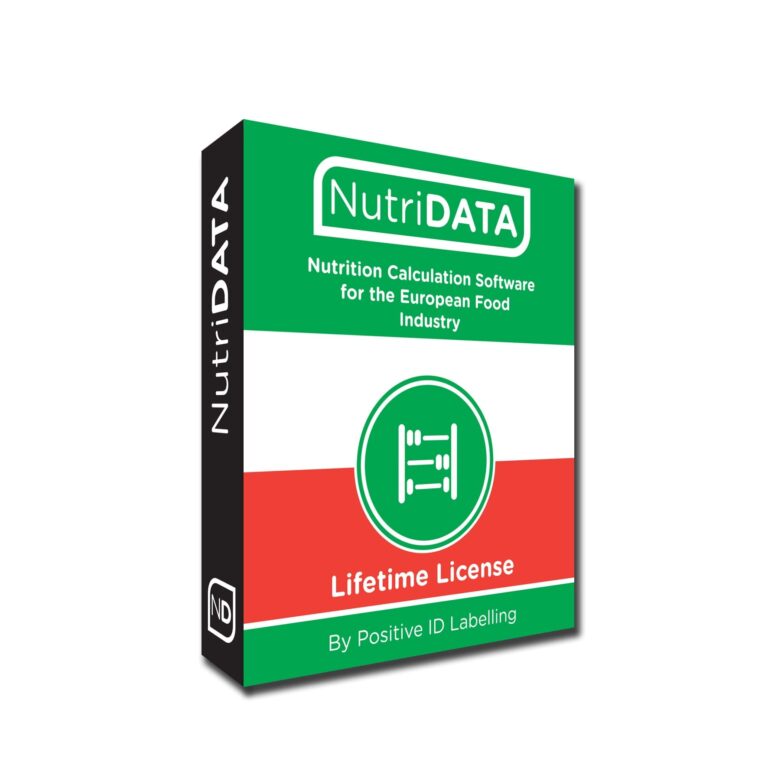

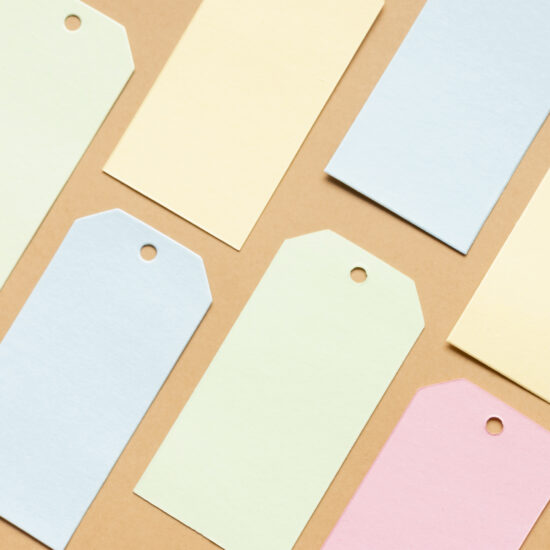

 Advanced encryption keeps your data safe and secure
Advanced encryption keeps your data safe and secure